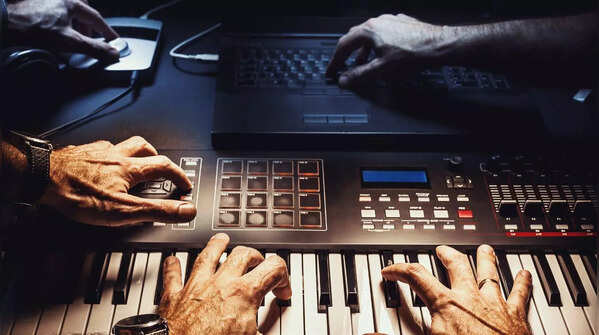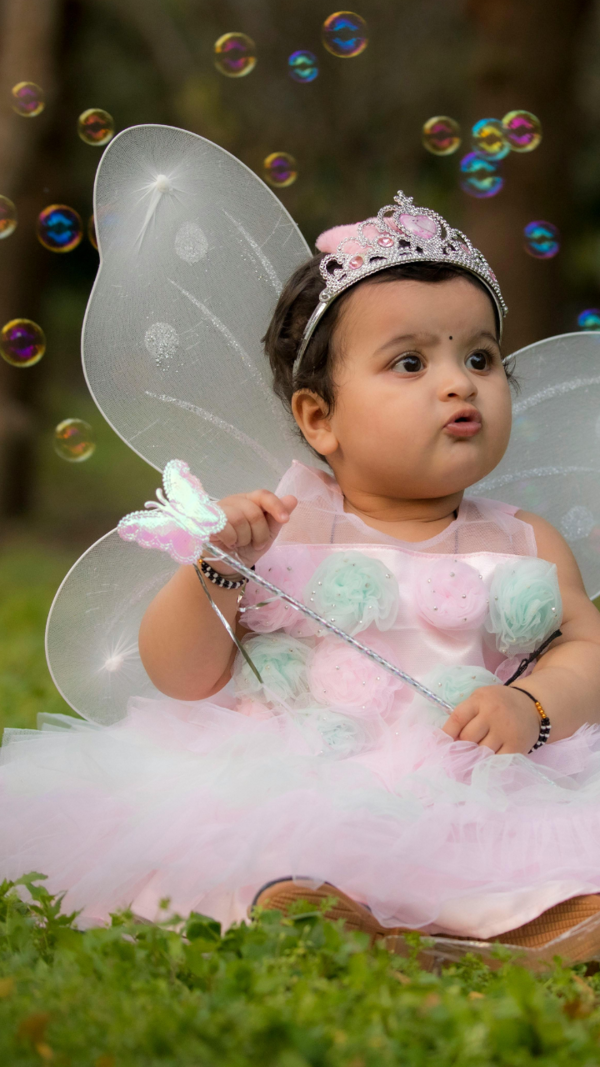How a composer is still creating music four years after his death

Four years after his death,composeris still makingmusic– Here’s how
In a world where artificial intelligence and bioengineering are rapidly reshaping art and expression, one installation in Perth has taken this convergence to a deeply personal level, reviving the musical voice of a man who is no longer alive.
Inside a dimly lit space at the Art Gallery of Western Australia, visitors are greeted not by musicians or instruments, but by an atmospheric arrangement of sound–soft pulses, echoes, and faint electronic sounds moving through the air. The source? A pair of miniature brain-like structures, grown in a lab from the cells of experimental composer Alvin Lucier, who passed away in 2021.
Titled Revivification, the project presents a unique fusion of science, art, and memory, where Lucier’s reprogrammed brain organoids now generate sound, continuing his legacy long after death.

A collaboration years in the making
The idea began in 2018, when a team of artists and a neuroscientist approached Lucier with an unusual proposal. Nathan Thompson, Guy Ben-Ary, Matt Gingold, and Stuart Hodgetts had spent years exploring the boundaries of biological art. As long-time admirers of Lucier’s work, especially his early exploration of brainwave-generated sound, they envisioned a project where his neural signals could be preserved and extended into a new form of music.
Lucier agreed in 2020, at the age of 89, after being diagnosed with Parkinson’s disease. He donated his blood for the project, allowing the team to reprogram his white blood cells into stem cells, which were then developed into cerebral organoids under the scientific guidance of Hodgetts.
Throughout the COVID-19 pandemic, the team stayed in close contact with Lucier via Zoom. Despite his frailty, he continued to guide the process. “We were like art students learning from the professor,” said Thompson, as quoted by The Guardian. “He had this ability to cut through anything superfluous and get to the core of what he envisioned.”
Ben-Ary recalled, “But it was very much a collaboration. We came with 25 years of experience in the biological arts … For [Lucier], it was very science fiction.”

Sound from a silent brain
The final installation transforms Lucier’s lab-grown brain cells into a living, sonic performance. Twenty parabolic brass dishes line the walls of the gallery, each hiding a transducer and a mallet. These respond to signals emitted by the brain organoid, which is seated on a specially engineered mesh embedded with 64 electrodes.
The neural activity is captured in real time and translated into sound using an open-source platform adapted by Gingold. What results is not a composition in the traditional sense, but a constantly evolving audio environment that responds to the internal activity of Lucier’s brain cells.
But the system doesn’t just produce sound– it listens too. Microphones in the room collect ambient noise and audience interaction, convert it into electrical signals, and feed it back to the organoid. “We’re very interested to know whether the organoid is going to change or learn over time,” said Ben-Ary, as quoted by The Guardian.

Art first, questions later
Even though the installation relies on complex science, its creators see it mainly as a piece of art. It's not about testing a theory– it’s about creating a space that makes people stop and reflect.
“Where does creativity lie?” ponders Thompson, as quoted by The Guardian. “As cultural workers, we are really interested in these big questions. But this work is not giving the answers. Instead, we want to invite conversations … Can creativity exist outside of the human body? And is it even ethical to do so?”
While the neural data might help future research, the team says its real value is in the questions it makes people ask. As quoted by The Guardian, Gingold noted, “When we work with these big artistic questions, we can push the limits of what’s possible. Because science hasn’t answered this. They’re not even at the point of asking the question.”

A legacy that keeps playing
The team sees Revivification as an ongoing performance, not limited by time or place. Ben-Ary hopes the organoid will continue to create “new memories, new stories” as it interacts with its environment. There are even early discussions about adapting the installation for remote or extreme settings like Antarctica, or eventually, sending it into space.
But for now, Lucier’s presence remains rooted in the Perth gallery– not in body, but through a mind that continues to express itself through sound.
“When I told Lucier’s daughter Amanda about the project, she laughed,” said Ben-Ary, as quoted by The Guardian. “She thought, this is so my dad. Just before he died, he arranged for himself to play forever. He just can’t go. He needs to keep playing.”








